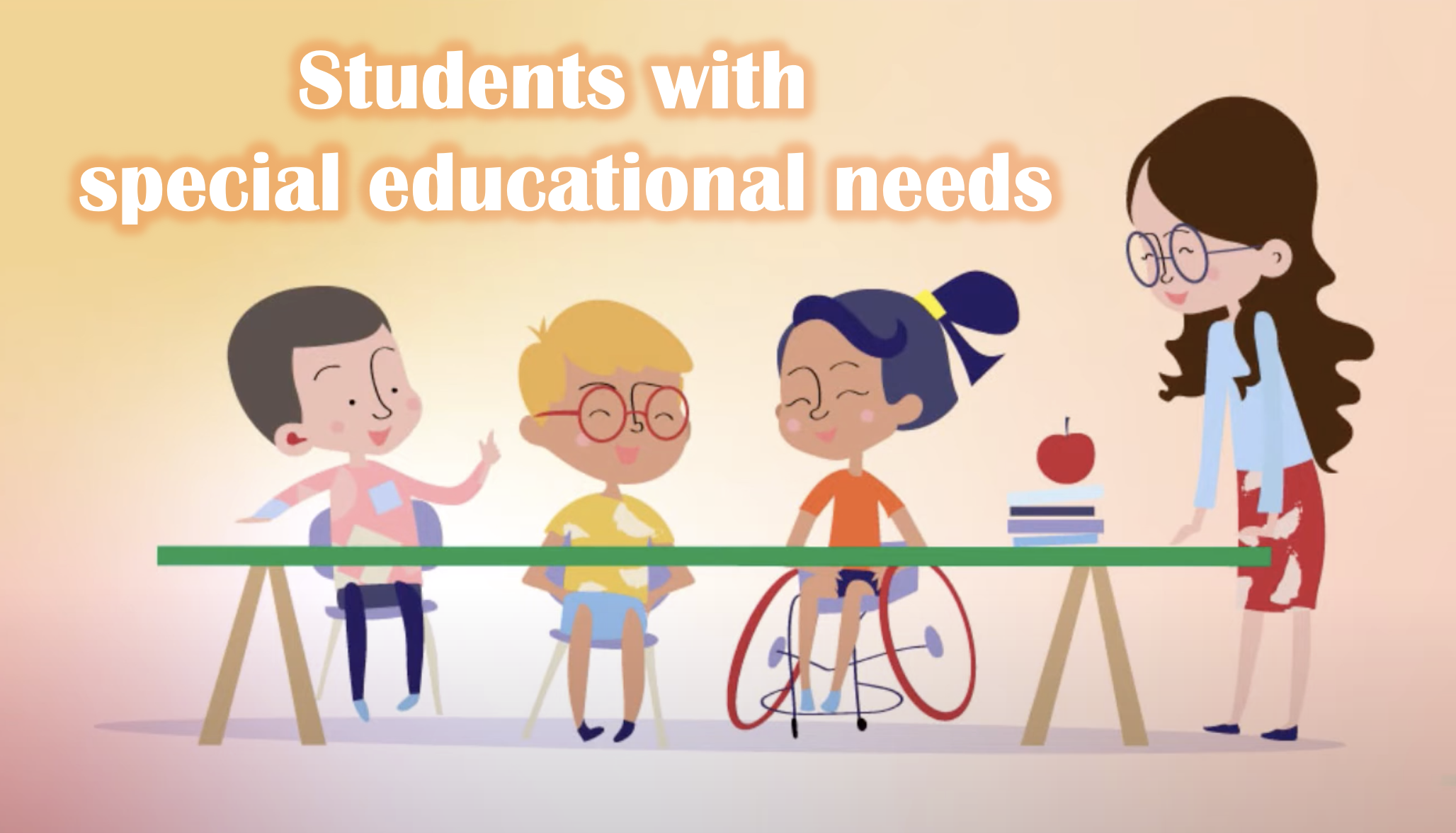Are Girls Less Likely to be Diagnosed with Special Educational Needs?
As frightening as it may sound, the moment of diagnosis for anyone with Special Educational Needs (SEN) can be amongst the most important moments in their lives. Diagnosis can be a moment of realisation for students, parents and teachers. From a practical sense, it allows schools to provide access to additional resources including assistive technology, specialised teaching programs or the services of professionals such as educational psychologists. These resources help to meet children’s academic, emotional or social needs. Diagnosing a student as early as possible helps ameliorate any potential attainment gaps that might emerge, as well as allowing some students to bond more effectively with their peers and enjoy better wellbeing.
However, new research from the Durham University suggests that there might be a gender gap in SEN identification. Of the roughly 1.5 million children in English schools identified for SEN services in 2022-23, only 0.5 million were girls. We found the same pattern across the country, with girls making up between 34% to 36% of all students accessing SEN support in most regions. It is possible that some disabilities are more common in boys, but what is more likely is that girls learn better masking strategies for their difficulties. It is also possible that there is a gender bias in assessment.

According to the study, some of the discrepancies were shocking. Boys made up 75% of those diagnosed with autism spectrum disorder. They were also about two times more likely than girls to be diagnosed with speech, language and communication disorders, as well as mental health disorders. There does seem to be some positive changes in the data. For example, between 2015 and 2022, the proportion of girls out of all students identified with autism spectrum disorder increased from 17% to 25%. Similarly, there was an increase in the proportion of girls being identified for specific learning difficulties – from 38% in 2015 to 44% in 2022. While the study only considered data from the UK, there’s no reason to suspect that trends in other countries would be different.
Why this is the case is the matter of some supposition. Some research posits that biological differences might mean that boys are more likely to face certain learning challenges. Other research points to more social factors. For example, much research into autism highlights the “camouflage effect”, meaning that girls might be better at hiding the challenges they face. More worryingly, other studies indicate that girls are not getting the support they need. Girls have been shown to experience higher rates of anxiety and depress – although this might lead to charges that boys are less likely to be diagnosed with mental health issues. What is necessary is an equal an unbiased approach to learning support that doesn’t use redundant labels like “boisterous” or “quiet”. Standardised SEN criteria are just the beginning.
© 晉博教學中心 Brighten Test Prep Centre


